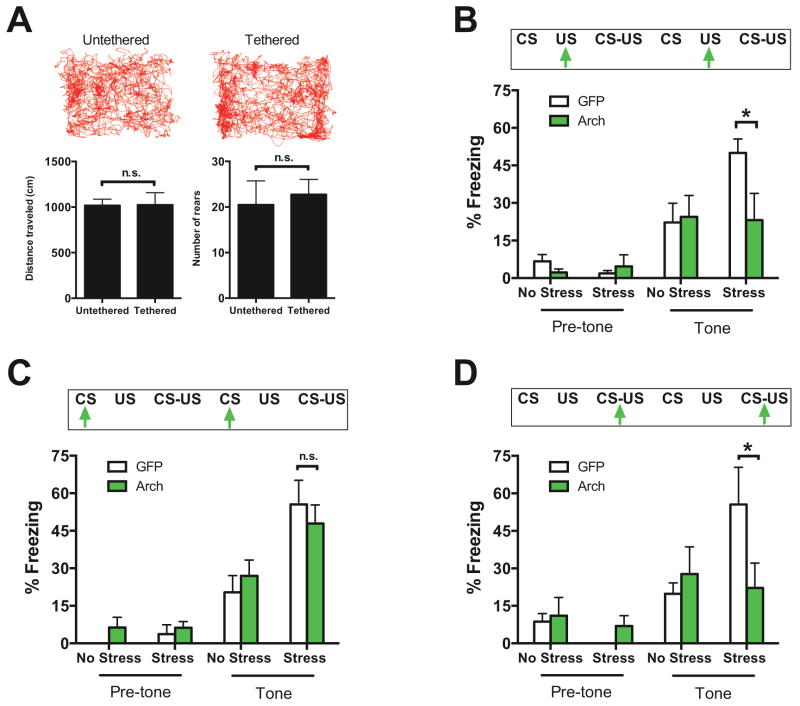Figure 4. Dorsal raphe serotonergic activity is required for the stress-enhancement of fear in a stimulus-dependent manner.
(A) Upper, representative traces of mice tethered or untethered to the fiber-optic patch cord freely exploring the fear conditioning apparatus. Lower, integration of fiber optic cable system with the fear conditioning apparatus does not interfere with voluntary motor behavior in the conditioning chamber. In three separate sets of mice, light was delivered to the dorsal raphe nucleus (DRN) for 30 sec periods encompassing noncontingent footshocks, noncontingent tones, or contingent tones and footshocks. (B) Arch-mediated silencing of serotonin activity in the DRN during unpaired footshocks blocked stress-induced facilitation of fear. (C) Photoinhibition of DRN serotonin activity during unpaired tone presentation failed to affect stress-enhancement of fear. (D) Photoinhibition of DRN serotonin activity during tone-shock pairings completely prevented stress-related enhancement of fear. Green arrows indicate green light delivery (30 sec). T = unpaired tone; S = unpaired footshock; T-S = paired tone and footshock. Data are means ± s.e.m. Group comparisons during auditory fear test: * P < 0.05 and n.s. = not significant for Stress-Arch versus Stress-GFP.

